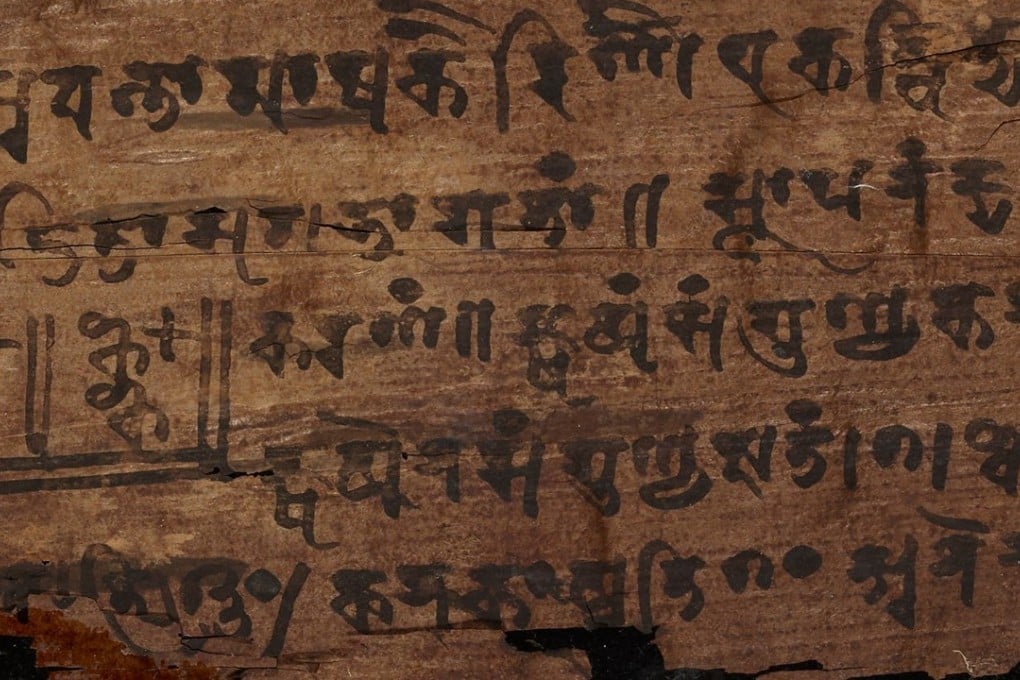Zeroing in on zero: how scientists traced the mathematical symbol back 1,800 years to the very first black dot
Oxford University scientists used carbon dating to date a famous ancient Indian scroll

A black dot on a third-century Indian manuscript has been identified by Oxford University as the first recorded use of the mathematical symbol for zero, 500 years earlier than previously thought.
“Scientists from the University of Oxford’s Bodleian Libraries, have used carbon dating to trace the figure’s origins to the famous ancient Indian scroll,” the university said.
The birch bark scroll is known as the Bakhshali manuscript after the village, which is now in Pakistan, where it was found buried in 1881. It has been held at the Bodleian Libraries since 1902.

It was as early as the third century that mathematicians in India planted the seed of the idea
“The creation of zero as a number in its own right, which evolved from the placeholder dot symbol found in the Bakhshali manuscript, was one of the greatest breakthroughs in the history of mathematics,” said Marcus du Sautoy, a mathematics professor at Oxford.